Although we’d enjoyed parts of Tarma, and totally loved the excitement of exploring the towering rock sculptures of Huancayo, up to this point our forays into the lesser-visited parts of Peru between Huaraz and Cusco, had not really returned as many benefits as we’d hoped.
We imagined attractive cobblestone towns, remote mountain villages, colourful markets, and an abundance of locals in traditional dress. What we actually found were dirty, characterless towns, busy, unappealing cities, and a distinct lack of interesting food options.
That is, until we arrived into Huancavelica.
Situated 147 kilometres south of Huancayo, Huancavelica is located in the central highlands of Peru, and is surrounded by a rugged terrain of valleys, deep gorges, high mountains, and winding roads.
Historically the town was established as a mining settlement in 1563 after the local discovery of mercury ore, Cinnabar – an essential element used for extracting silver. The town remained an important mercury mining centre until the mid 19th century, and the Santa Barbara mine (despite being known locally as the “mina de la muerte” (Mine of Death) as a result of the number of miners who died from mercury poisoning) was only finally shut down as recently as 1974.
The town – which once flourished as a result of the abundance of its mercury deposits – is now one of the poorest in Peru, with the majority of its residents surviving off the practice of subsistence agriculture.
As you would expect from a town to which tourism is still a relatively new concept (wifi is only available and one cafe in town, and that’s only after 6pm when Killa opens), the accommodation options are not especially comfortable or appealing. We searched out the cheapest guesthouse option mentioned in our Lonely Planet guide, Hospedaje San José, which – although perfectly adequate with a fantastic location right next to the local market – was bone-chillingly cold at night, despite the number of blankets provided.
Mind you, the town is located at an altitude of 3690 metres above sea level and we had arrived in the middle of winter!
Fortunately, a wander through Huancavelica’s streets and into its Plaza de Armas, and a conversation with the incredibly helpful English-speaking girl at the Tourist Information office, revealed a charm and appeal that stretched beyond its very average accommodation offerings.
Its Plaza de Armas is only one of several charming plazas within the town. Inside the network of small streets that make up the town’s historic centre, are an abundance of beautiful churches, crumbling colonial architecture, fascinating stonework, lively markets, cozy cafes, museums, and colourful art exhibitions.
Interested to learn more about the town’s mining history, and to explore its traditional villages and deserted mining hamlets, we signed up for a tour (on which we were the only tourists) of the local area through Huancavelica’s only travel agent – its Tourist Information office. We were also given a comprehensive map of the town itself, on which the young girl marked the nearby mineral springs, viewpoints, and suggested walking routes.
If you only have a couple of days here (as we did), here’s what I would recommend doing, in order to make the most of your time in this lesser-visited Peruvian mountain town.
Wander the streets of the town’s historic centre
Visit the market, photograph a few churches and sip coffee in one of the cozy little cafes. Whatever you choose to do, Huancavelica’s historic centre is compact enough for it to only take you a couple of hours, but it’s a couple of hours well-spent.
Visit the Santa Barbara mine and the deserted hamlet
Whether or not you have an interest in mines or engineering, the Santa Barbara mine is an impressive place to visit for its location as much as anything.
The nearby deserted hamlet of Santa Barbara is also fascinating if you like abandoned, derelict buildings (as a budding photographer, I do), and it affords some stunning views of the disused mine and surrounding countryside.
Drive (or rather, get driven) up to the Huancavelica viewpoint
I’m not sure at what altitude we were when we took these photos, but this has got to be THE best view of Huancavelica. I even managed to spot the Plaza de Armas, where we’d grabbed a spot of breakfast earlier that day.
Explore the traditional village of Saccsamarca
You can see this village long before you arrive. It’s nestled in a valley between craggy mountains, 4 kilometres south-west of Huancavelica, and boasts one of the oldest churches in the region. Saccsamarca is a traditional Peruvian farming community in which ancient building methods and materials are still used today.
There’s some fantastic examples of traditional stonework, including a lovely little ‘Puente de la Piedra’ (stone bridge)
Visit the mineral springs of Saccsachaca
Some 2 kilometres east of the centre, these were not sign-posted and incredibly difficult to find, and had we known this to be the case before we set off, we would have asked for some more detailed directions from the Tourist Information office.
To get to Saccsachaca, you cross the bridge at the end of Javier Heraud off Donovan (abbreviated to O’Donovan on maps), and head uphill towards the Baños de los Incas. Just before the entrance to these pools there are some steps on the left which take you up to a viewpoint. It looks as though the path stops there, but continue walking over some scrubland and rocks, alongside the river, and you’ll finally arrive at Tres Boas, where a lone woman sits in front of an innocuous blue gate, collecting the 1 sol entry fee as you pass.
Inside a series of natural pools and waterfalls tumble invitingly down the valley, towards the river below. The pools are not heated though, which was a shame considering the idyllic location, but I’m glad we discovered this prior to stripping down to our bathing suits!
Get up close and personal to some Alpacas
Drive a little distance outside of Huancavelica, and you’ll find plenty of these adorable creatures roaming around on grass-covered hills, and wandering aimlessly along narrow country lanes.
Had it not been for the chilling temperatures here and our fast-approaching Inca Trail trek, I would have loved to have spent longer exploring this part of Peru. But time constraints dictated that on the evening of our second day, we boarded the overnight bus to Ayacucho, where a chance meeting would give us the opportunity to enjoy a unique experience high above this mesmerising colonial city (post coming soon).
Practical Info
- There is a good road connecting Huancayo to Huancavelica, and the journey takes just 3-4 hours by bus, shortened to around 2-3 if you choose a collectivo (which will set you back approximately 25 soles (£5.23))
- We stayed at Hospedaje San José, which was reasonably priced (40 soles (£8.37) per room, per night) and adequate but very cold at night. It’s not possible to book this particular guesthouse online, but if you’d like an idea of alternative accommodation available within the town, Booking.com offer a couple of options.
- The only place that offers wifi in town is Killa Cafe, which also hosts art exhibitions and other cultural/musical events. It’s located just across the Plaza de Armas from the cathedral.
- If you need to use laundry services, wait until Ayacucho; the only lavendería in town here charges 3 soles PER ITEM! (so two socks would cost you 6 soles – the price of a kilo anywhere else)
If you like this article, please follow along on Facebook or Twitter, or you can look me up on Instagram or Pinterest too!
This is part of the #SundayTraveler link up, the spot to be to get the lowdown on all things travel.




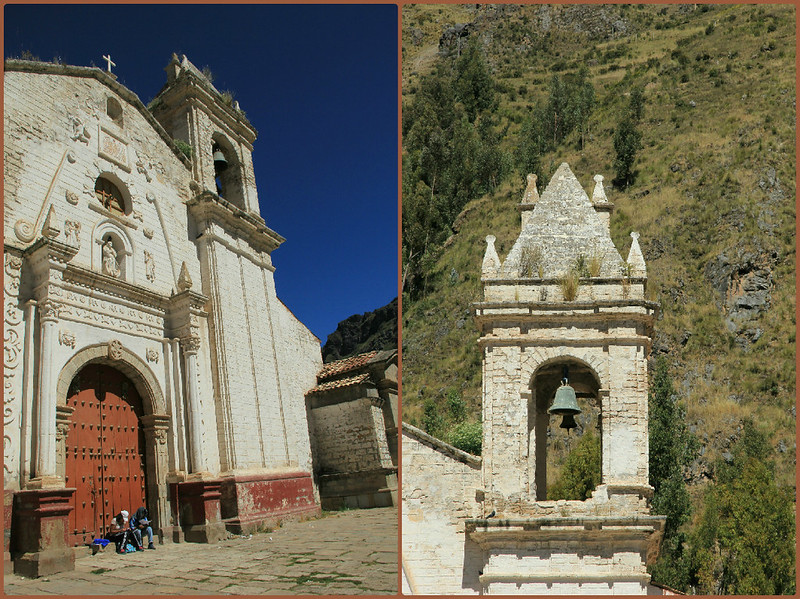

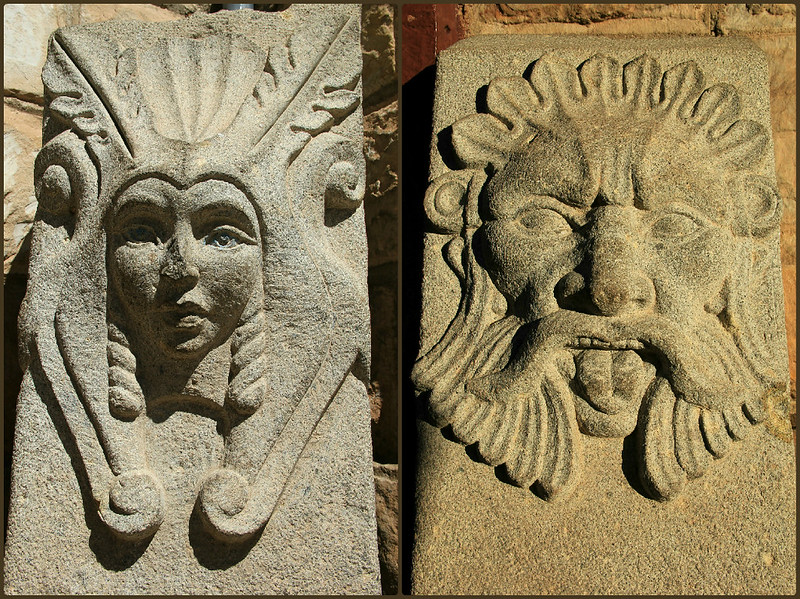

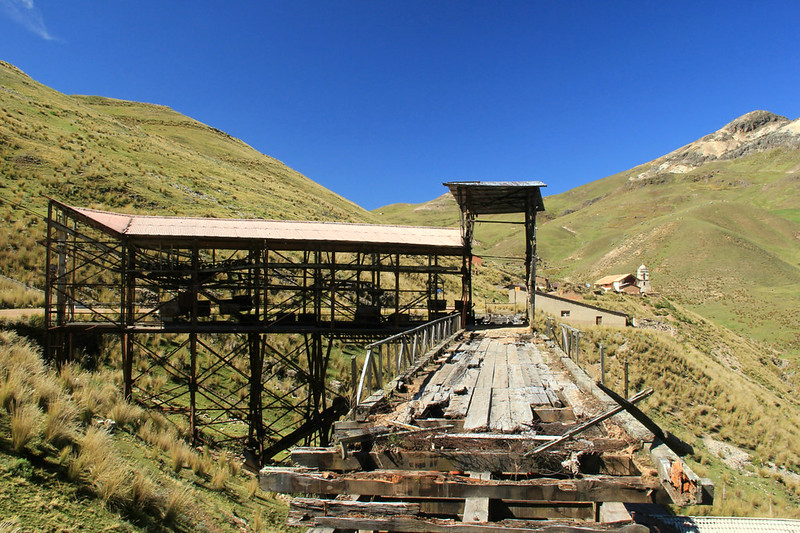
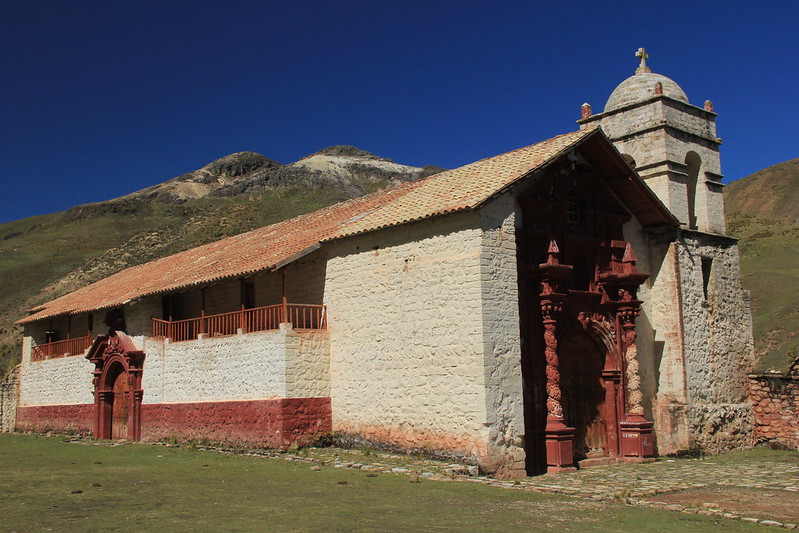
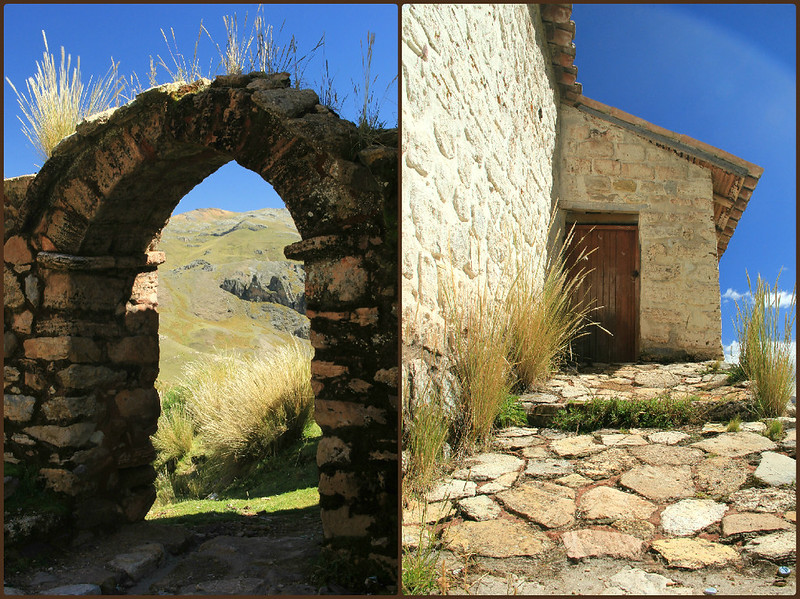
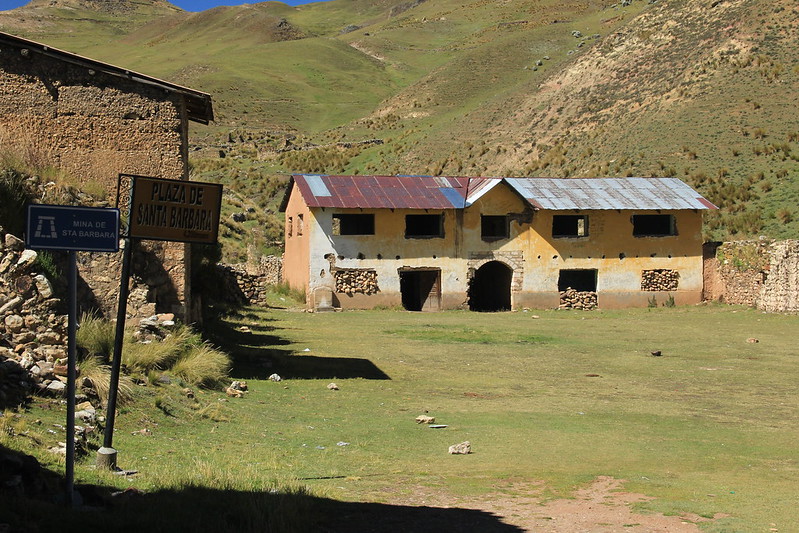
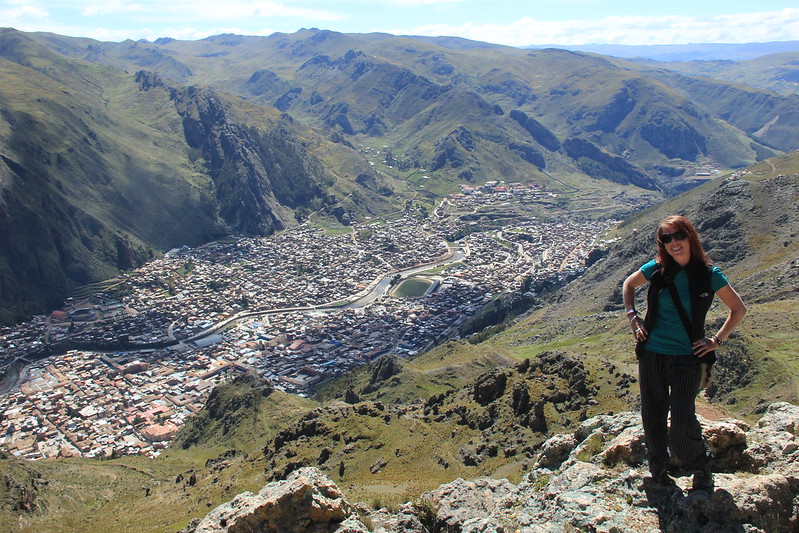


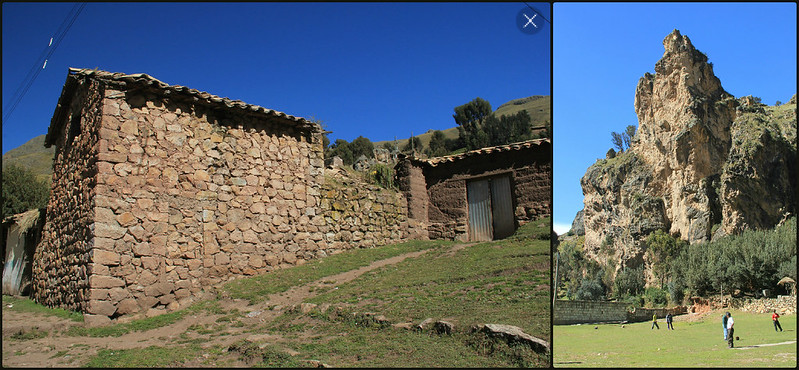


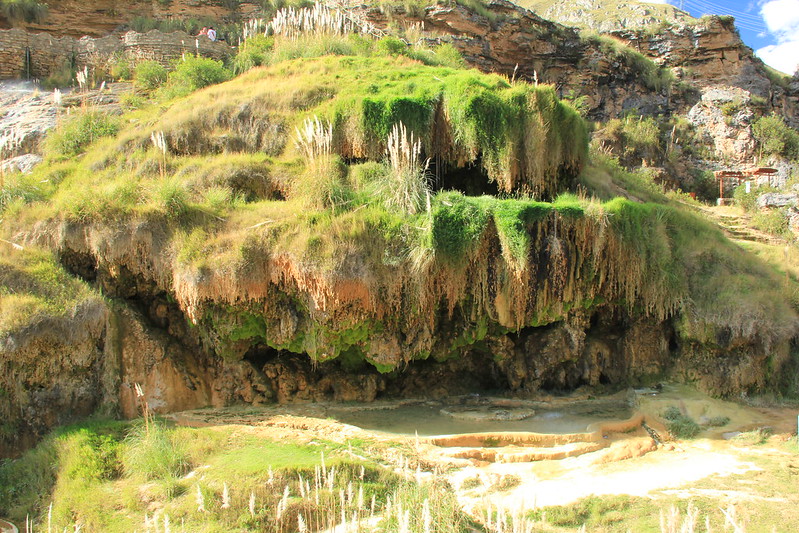

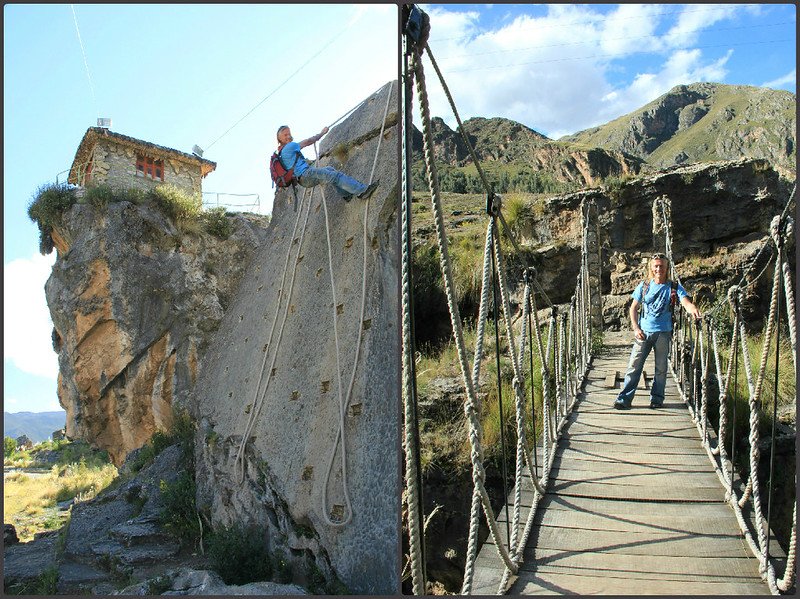
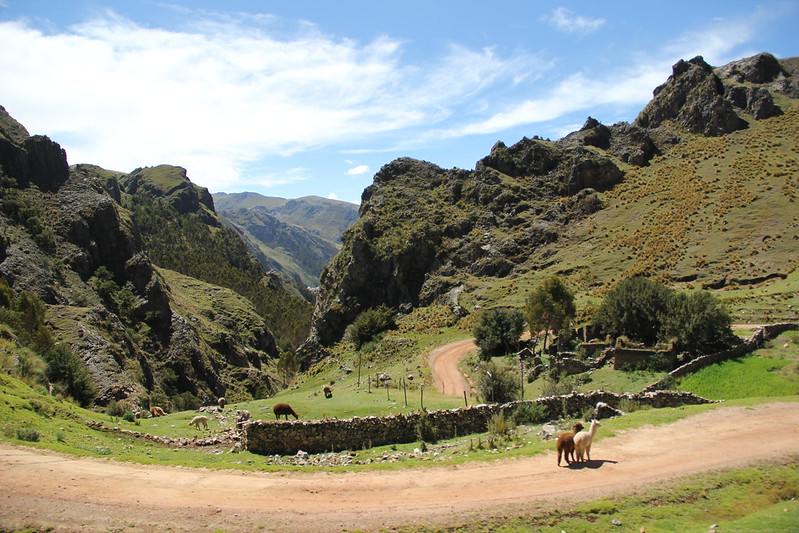





6 Comments
Hey Kiara,
I really appreciated the honest beginning of your article. After just having returned from Peru, I felt a lot of the same disappointment that you mentioned. Well written post, and I think it’s pretty cool that you include practical info at the end – I never recorded anything that would be practical, thinking I would remember everything after 4 months in South America. Big mistake.
Rock on!
David Ouellette recently posted…Hostel Etiquette – 21 Tips To Avoid Being a Dorm Douche
Thanks David 🙂 I wouldn’t have remembered it all if I hadn’t made some rather detailed notes after every destination (had to occupy myself somehow on those long bus journeys!)
I would never have thought about visiting a mine site – agreed its a great looking place. What a trip!
SJ recently posted…39 Photos of Sunsets In Croatia That’ll Spark Your Wanderlust
To be honest, neither would I SJ! On paper it was more of interest to my boyfriend Stu, but when I got there I actually loved the site for its aesthetic qualities – derelict or abandoned buildings/sites are fascinating to me, especially with the backdrop of such stunning landscapes 🙂
You’re right, off the beaten path destinations can be either disappointing or hidden gems… It seems that Huancavelica was a good discovery, and alpacas are so cute!
(I wonder… do all Peruvian cities/ villages have a Plaza de Armas?)
Laia | colibrist recently posted…Kapas Island: a less touristic tropical paradise
Yes, I think all Peruvian cities/towns/villages do have a Plaza de Armas (at least in my experience!) It represents the central point of a place and is where all the locals gather for festivals and the like. If you’ve found the Plaza de Armas you’re generally where it’s all at! and yes, alpacas are adorable, aren’t they? 🙂